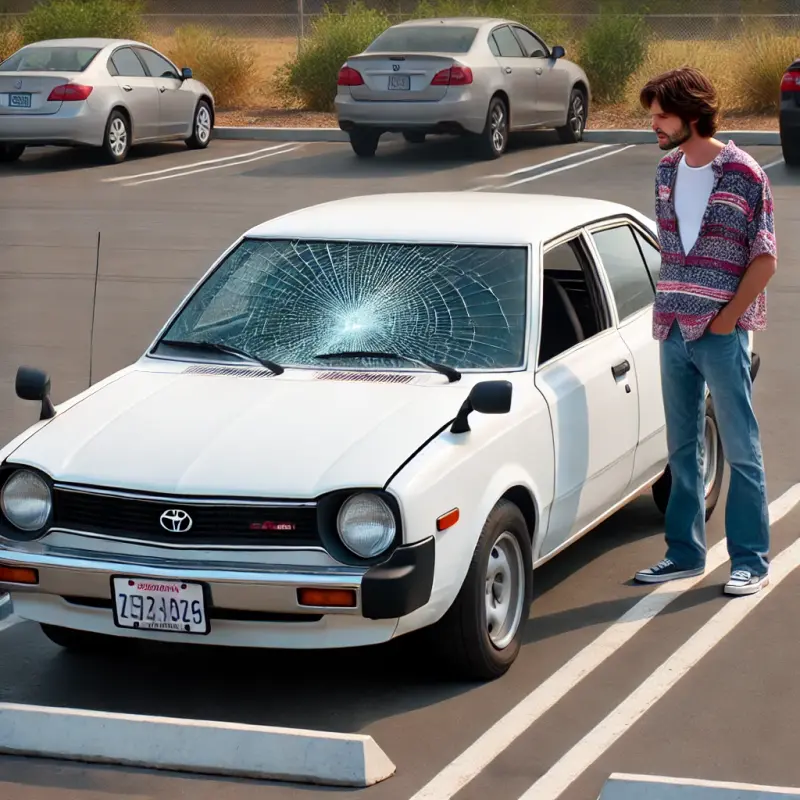When it comes to automotive safety, few components are as critical as the windscreen. Not only does it provide visibility while driving, but it also plays a vital role in the structural integrity of your vehicle. Imagine cruising down the road, only to find your windshield cracking or worse, detaching! This is where adhesive technologies come into play, acting as the unsung hero of windshield replacement. In this extensive guide, we’ll delve into the various adhesive technologies used in windscreens, ensuring that you’re well-informed and ready for any situation.
The Importance of Adhesives in Windshield Replacement
Why Are Adhesives Crucial for Windscreen Installations?
Adhesives do far more than just hold glass in place. They create a bond strong enough to withstand environmental challenges like temperature changes, humidity, and even impacts from debris on the road. To put it simply: without effective adhesives, your windscreen could become a liability rather than an asset.

What Happens During a Windshield Replacement?
During a windshield replacement procedure, technicians assess the damage and determine whether repair or full replacement is necessary. If replacement is needed, they remove the old glass and prepare the frame for installation. At this point, adhesive technology steps into the spotlight!
Understanding Different Adhesive Technologies Used in Windscreen Installations
Adhesive technologies have evolved tremendously over the years. Let’s break down some of the most commonly used adhesive types in windscreen installations:
1. Polyurethane Adhesives
What Are Polyurethane Adhesives?
Polyurethane adhesives are among the most popular choices for windshield installation due to their impressive bonding capabilities and flexibility. These adhesives cure through moisture absorption from the air and provide strong adhesion to both glass and metal surfaces.
Benefits of Polyurethane Adhesives
- Strong Bonding: Excellent tensile strength ensures that windscreens stay intact. Flexibility: Adapts to temperature fluctuations without compromising integrity. Fast Cure Time: Many polyurethane adhesives cure quickly enough for same-day repairs.
2. Silicone Adhesives
What Are Silicone Adhesives?
Silicone adhesives are another option for securing windscreens, particularly when dealing with larger glass panels or curved surfaces that require a bit more flexibility.
Benefits of Silicone Adhesives
- Weather Resistance: Provides excellent resistance against UV rays and moisture. Sealing Properties: Ideal for preventing leaks around edges. Versatility: Can bond various materials beyond just glass and metal.
3. Acrylic-based Adhesives
What Are Acrylic-based Adhesives?
Acrylic-based adhesives are synthetic polymers known for their quick-setting properties and overall durability.
Benefits of Acrylic-based Adhesives
- Speedy Cure Time: Can set within minutes, making them suitable for high-volume installations. Clarity: Offers excellent optical clarity which is essential for windscreen applications. Durability: Resists yellowing over time compared to other adhesive types.
Comparative Analysis of Adhesive Technologies
| Type | Strength | Flexibility | Cure Time | Weather Resistance | |-------------------|-----------------|-------------|-------------------|--------------------| | Polyurethane | High | Moderate | 1-4 Hours | Good | | Silicone | Moderate | High | 24 Hours | Excellent | | Acrylic | Moderate | Low | 5-10 Minutes | Good |
Which Adhesive Is Right For Your Vehicle?
Choosing an adhesive depends on several factors such as climate conditions, vehicle type, and specific manufacturer recommendations. Consult with professionals during your windshield replacement process to ensure optimal results.
Installation Techniques Using Different Adhesive Technologies
How Is Polyurethane Applied During Installation?
Polyurethane is usually applied using a caulking gun or automated dispensing systems that ensure uniform application along the frame. The technician then presses the windscreen firmly into place to allow proper curing.
Applying Silicone: A Unique Approach
With silicone adhesives, technicians often use a bead application method creating continuous lines around edges while ensuring no gaps remain—this technique is critical for waterproofing.
Acrylic Application: Speed Meets Precision
Due to its fast-setting nature, acrylic-based adhesives require precise placement since adjustments can be challenging once set. Technicians must act quickly!
Common Challenges Faced During Windshield Replacement
Environmental Factors Affecting Curing Times
Temperature, humidity levels, and even altitude can significantly affect how quickly an adhesive cures during installation; understanding these factors is crucial when scheduling repairs.
Dealing with Contaminants
Dirt or oil residue on surfaces can weaken adhesive bonds; thus thorough cleaning before applying any product becomes imperative during replacements.
Safety Considerations When Using Adhesive Technologies
Protecting Yourself During Installation
Always wear gloves when handling adhesives; some formulations may irritate skin or cause allergic reactions upon contact.
Ensuring Structural Integrity Post-installation
After installation is complete but before driving away—technicians will conduct thorough checks ensuring everything has cured properly!
FAQs About Windscreen Installations
How long does it take for windshield adhesive to cure?- Cure times vary between products; however polyurethane typically takes about 1–4 hours while silicone may take up to 24 hours depending on conditions.
- It’s best practice not to drive immediately after replacement until you confirm proper curing based on manufacturer guidelines—this ensures maximum safety!
- Air leaks indicate improper sealing; consult your technician promptly so they can rectify this issue seamlessly!
- Yes! Most modern automotive adhesives are designed keeping vehicle interiors in mind—ensuring minimal fumes upon application.
- Absolutely! Extreme cold or heat can hinder curing times so scheduling should consider these factors carefully!
- While DIY kits exist it's best left to professionals unless you're experienced—safety should always come first!
Conclusion
In summary, understanding different adhesive technologies used in windscreen installations plays an indispensable role in ensuring vehicle safety and performance—a subject worth exploring deeply! As you navigate through options such as polyurethane, silicone, or acrylic-based adhesives remember each has its place depending not only on your vehicle’s requirements but also environmental conditions too! So next time you’re faced with a windshield replacement—or Greensboro Auto Glass simply curious about how those marvels stay put—remember this guide serves as your go-to resource! Stay informed, stay safe!